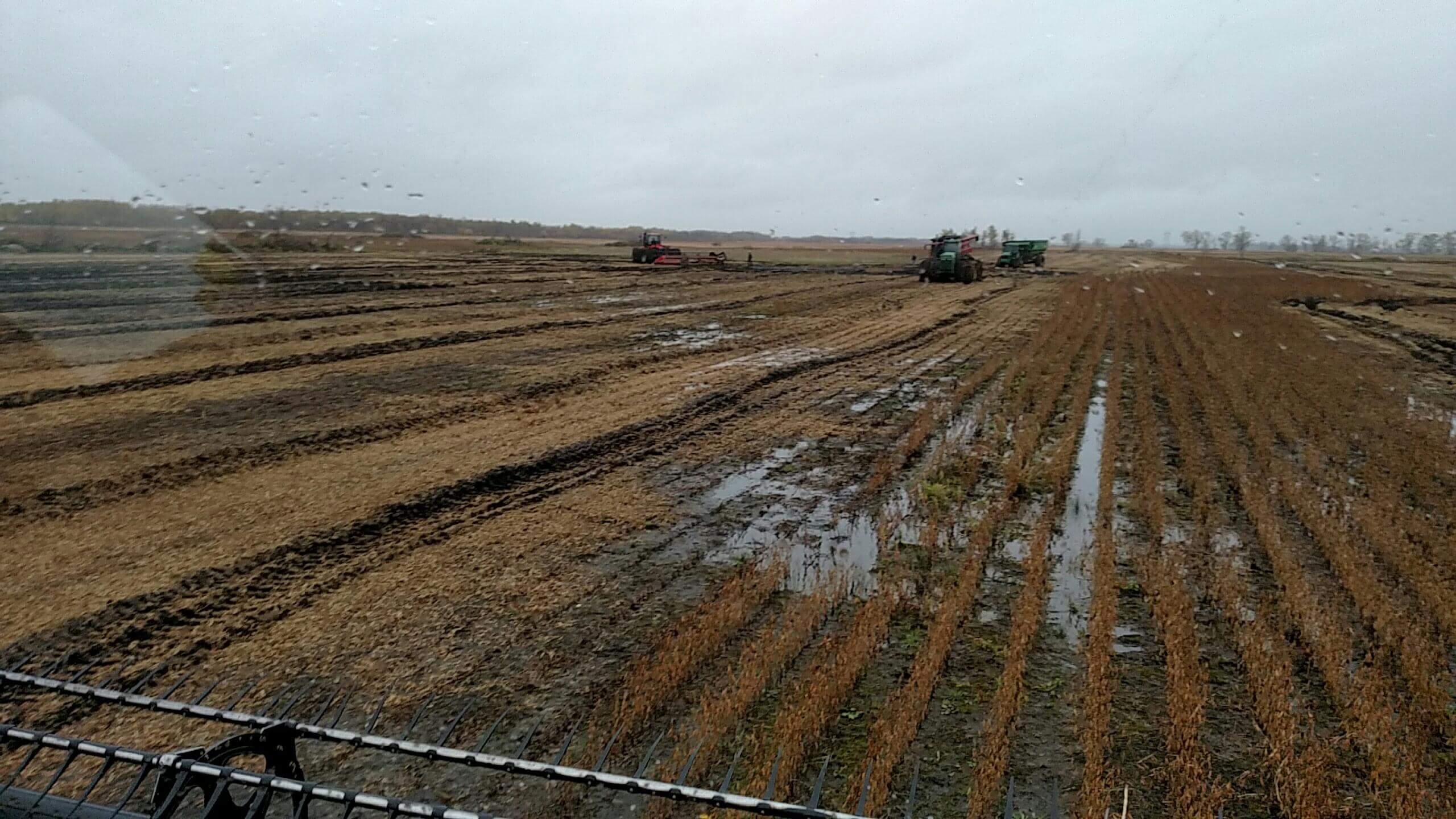 Reading Time: 2 minutes
Reading Time: 2 minutesWritten by Jonathan Eisenthal
Fall urea application in western Minnesota has been an acceptable means of getting nutrients where they were needed while solving the time bottleneck that is spring planting season. But with conditions changing in the region, fall urea application may no longer be the best option.
Research conducted by Fabian Fernandez, who is an associate professor in the University of Minnesota’s Department of Soil, Water and Climate, shows that urea has become less effective in western Minnesota because of the growing incidence of wet weather both in fall and spring.
Dan Kaiser, who is also an associate professor at the University of Minnesota, recommends waiting until spring to place urea, and doing so no longer than three weeks before planting. If fall fertilizer application is a necessity because of spring planting timing considerations, farmers should look into switching to anhydrous ammonia—a form of nitrogen far less likely to leach in wet conditions, Kaiser said. However, Kaiser also noted that supply of anhydrous and the logistics of finding custom operators available to apply it can make this a difficult option to pursue.
“Particularly in southwest Minnesota over the last ten years we’ve been seeing heavier rainfall patterns that bring a higher potential for leaching. Downward movement of nitrate is occurring that we didn’t have in the past,” said Kaiser.
Heavy and steady rains in September delayed harvest in much of western Minnesota this year and left many areas overcharged with water, making post-harvest fieldwork a challenge.
“The wet conditions in the fall—the biggest challenge for urea or for that matter with anhydrous, is if you have wet conditions you may not be able to get good incorporation,” Fernandez said.
Fernandez emphasized the need to incorporate urea during periods of heavy rain. But still, incorporating urea via tillage with wet soils produces both compaction issues and an inconsistent incorporation. With anhydrous, the other source of nitrogen that you can use in the fall, high soil moisture can be a problem because you may not get a good seal on the ammonia knife track, according to Fernandez.
Kaiser also warned that broadcasting urea on ground that’s partially frozen can lead to runoff issues.
“One thing we are seeing right now, the ground is getting more frozen,” said Kaiser. “It might be better for getting a floater across there, but the urea is very water soluble. If we get some snow and then a melt it will start to move.”
You can listen to Fernandez, Kaiser and other experts discuss fall fertilizer application strategies for Minnesota farmers on the University of Minnesota Extension Service Nutrient Management podcast:
https://s3.amazonaws.com/afnr-podcast/NutMgmtPodcast/October+18+Podcast.mp3

